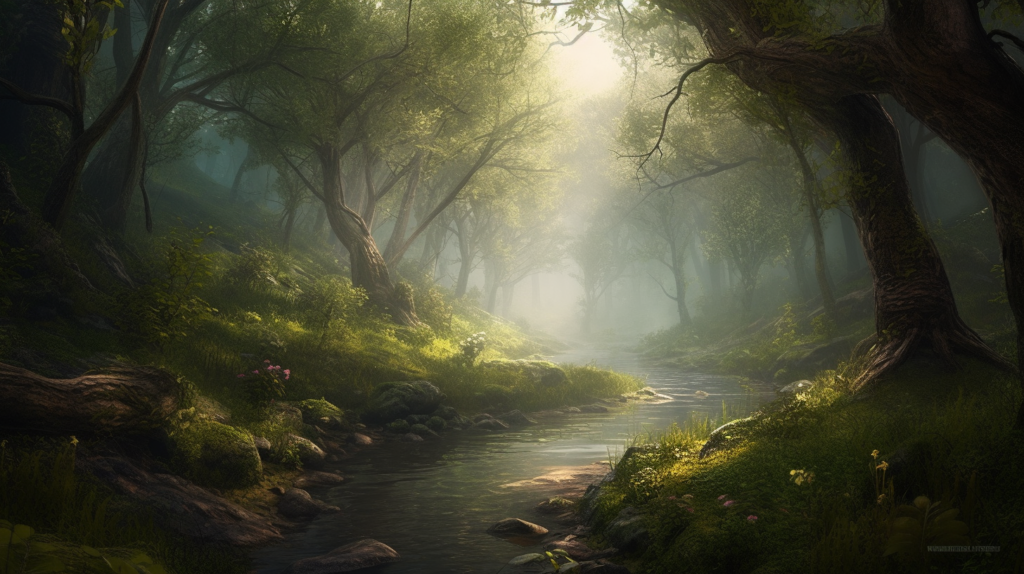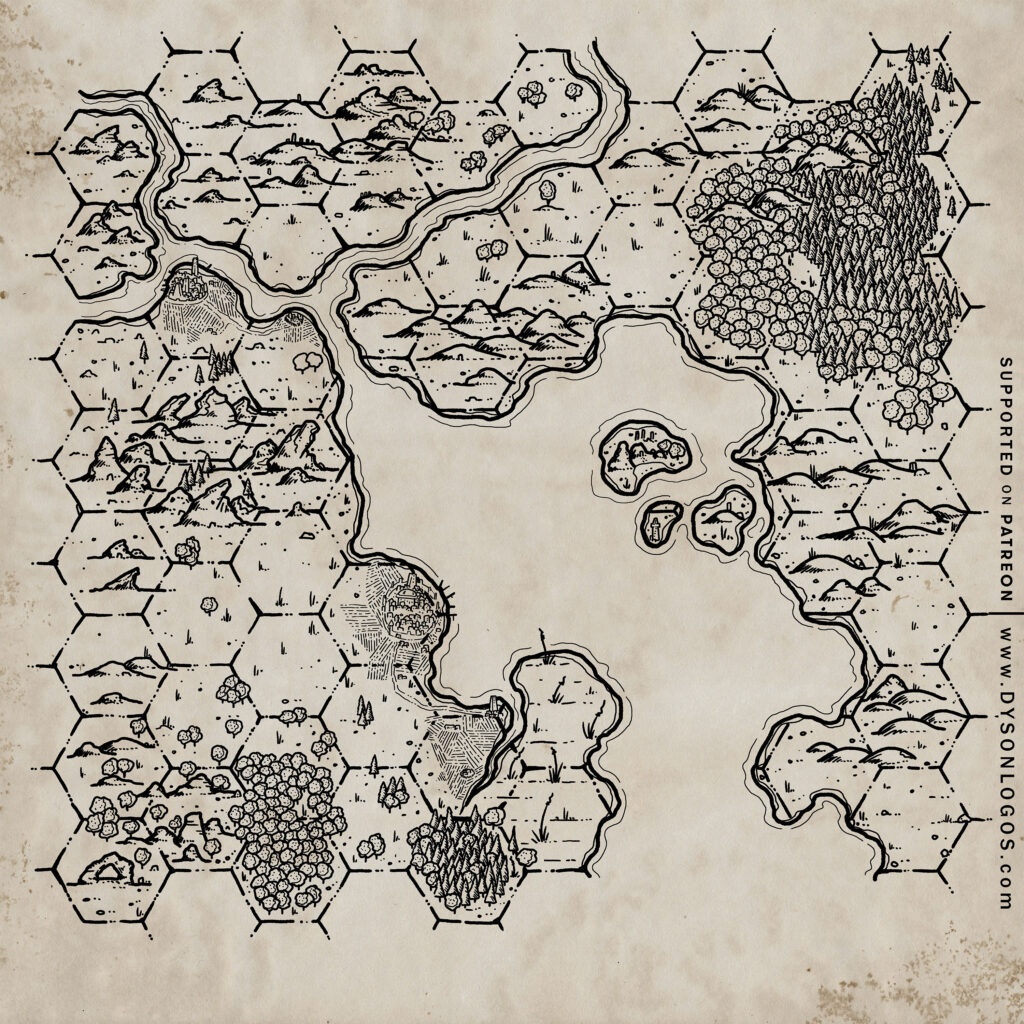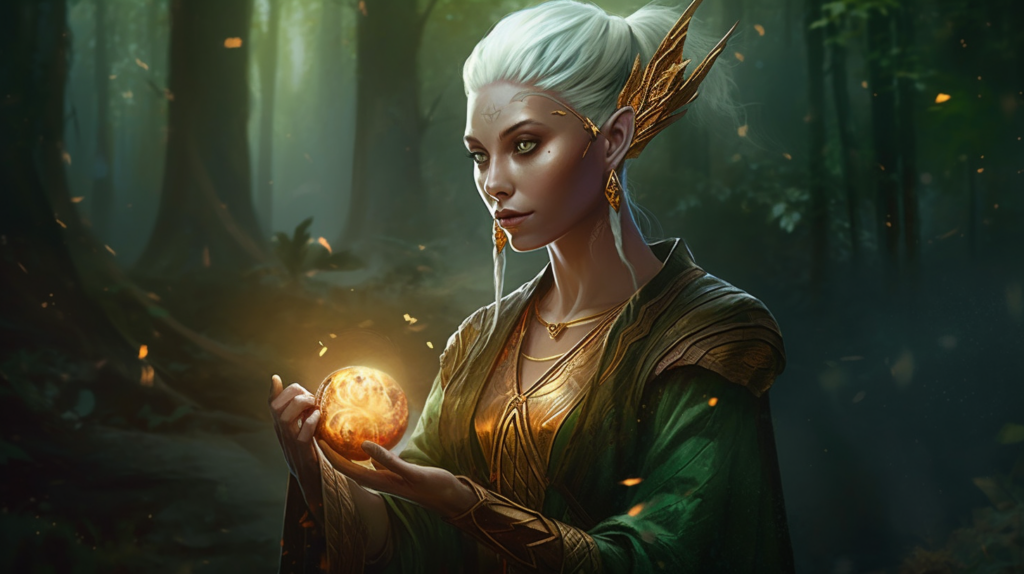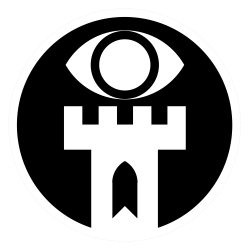
Fifth Edition’s approach to exploration gets a bad rap. Hex crawling is often seen as an OSR affectation, with 5e more focused on combat and characters. This is unfair. The systems needed aren’t absent from the game; they’re just obscure. After reading this article by prismatic wasteland on proceduralism, I was inspired to write up the procedures I use to run 5e hex crawls.
Placing exploration as an equal challenge to the other gameplay pillars can help with both realism and mystery. Parties are forced to weigh their options more carefully when time and space themselves can be lethal obstacles to their goals. Although it is a little more complicated than linear, scenario-based play, a solid exploration procedure is an essential part of a sandbox campaign. I highly recommend it, as being more fun on both the GM and player sides of the table.
The rules for “World Map” level movement are split across at least three sections and two books (PBH p.182, DMG p. 109, p. 242). To help, we’ve synthesized these into a unified procedure and added some minor quality-of-life improvements. Before we get into the procedures, let’s take a moment to talk about the hexes themselves.

Hexes
Hexes are assumed to be 6m (10km), with ideal character speeds of 3m (5km) an hour. If you were to stand in the middle of a clear “hex”, you could see just beyond each edge of it. It would take you an hour to reach that edge and a further hour to move into that next hex’s center.
The key word here is “ideal”. Characters should not be moving 5km/h very often unless they’re in a deeply civilized area. In the absence of paths and roads, walking is more like hiking. Consider everything Difficult Terrain by default. This means it takes four hours to move from one hex to another.
To illustrate how common Difficult Terrain is, shift the whole system down a notch. What was ‘normal’ terrain is now Easy Terrain. This means roads and open grassland in dry weather. Difficult Terrain is now normal. Create a whole new category of “Double” Difficult Terrain for dense forests, canyons, barely passable mountains, and other particularly hard terrains. Call this Hard Terrain.
Now that we know what we’re crawling on, let’s get to the procedures.
Hex Crawling Procedure
- Morning – Roll Weather, Call for morning actions and business in the current hex
- First Move Action
- Lunch – Call for business in the current hex
- Second Move Action (as first)
- End of Day – call for final business, deduct rations and water, and check for nighttime encounters.
Move Action Procedure
- The Party chooses a direction
- The DM calls for player actions
- Resolve navigation
- Resolve tracking and foraging
- Check for random encounters
Move Actions
Assume a ‘move action’ is four hours. This means:
- A party gets two a day before getting into forced marches.
- The Party can move two hexes of Easy Terrain
- The Party can move one hex of Normal (Difficult) Terrain
- Both ‘move actions’ are required to move a hex of Hard (Double Difficult) Terrain.
If you use this terrain variant, abilities (like the Ranger’s) which ignore Difficult Terrain instead improve it by one level (Hard becomes Normal, Normal becomes Easy). Check for Random Encounters whenever the party enters a hex.
Individual Travel Actions
In addition to the party-level ‘move actions’, each individual character also receives an action during the move. Possible actions include:
Look for Danger (Notice Threats)
Navigate
Draw a Map
Track
Forage
Let’s talk about what each of these means.
Look for Danger
Looking for Danger means that the character gets to roll Wisdom (Perception) rolls to spot monsters and roll surprise. Characters who are busy doing other things must rely on their fellows to keep them out of trouble.
Navigation
Getting lost in the wild is a constant (and potentially deadly) threat. Navigating characters make a Wisdom (Survival) check against the DC of the terrain they’re on: 5, 10 or 15 depending on its difficulty.
Rules as written, failure indicates that you’ve lost 1d6 hours getting back on track, but we recommend rolling 1d6 to randomly determine which direction your party goes. Getting lost is all part of the adventure!
Remember that weather may grant Disadvantage on these checks, but, if they can see the sun, the stars, or a map, presume the navigator has Advantage.
Draw A Map
No ability check is required to draw a map on behalf of the party, but encourage your players to actually draw the map in real life. It makes a great memento of the campaign, and it’s easy to pass around a table. Remember, the characters don’t see the world as a tessellating set of hexagons anymore than you do, so the map shouldn’t have any on it. Consider all messy, poorly-scaled maps to be a personal achievement in historical accuracy.
Track
If you’re rolling those Wisdom (Survival) rolls to track something, you can’t be Foraging, Mapping, Navigating, or Looking for Danger (unless you’re a Ranger, of course). New checks are made after rests or when weather and terrain cause a new difficulty.
Forage
Roll a Wisdom (Survival) check of DC 10, 15, or 20, depending on how much fresh water and food there is in the hexes being moved through. Successful characters gain a number of Rations equal to 1d6 + their Wisdom Modifier. Roll the same again for Gallons of Drinkable Water.
Common Use
A typical (Ranger-less) four-person party will likely use two people to Look for Danger, one to Navigate, and one to Draw the Map when traveling in unfamiliar territory. Needing to Track or Forage takes precious eyes off the party’s surroundings.
End of Day
Start the End of Day procedure by having each player deduct one Ration and one Gallon of Water. Remember that horses (and other large creatures) consume four times this amount.
Always check for random nighttime Encounters. Add bonuses if the party is disruptive. For example, if the party lights a fire at night, that might bump a 1-in-6 chance of encounter to a 2-in-6. If they’re also babysitting a noble bard who wants to caterwaul into the night, you could go to 3-in-6, etc.
Don’t prompt the party to set watches or look for defensible positions; they’ll learn soon enough.
General Tips
The Veil
Don’t tell anyone it’s a hex crawl. If they know it’s a hex crawl, don’t tell them which side is ‘split’. For example, in Long Bear Valley, the hexes are flat on the top and bottom but pointed on the side. This means the six directions out of any hex are Northwest, North, Northeast, Southwest, South, and Southeast.
You may have noticed that these are not the six directions one usually uses to navigate.
Ask your players which way they go and then interpret that onto the hex map. If the party moves West, the DM decides: Northwest or Southwest? This could be done randomly or by DM fiat – I leave it totally in your hands. Just remember to be fair to your players.
Rests
Hex-crawling at the speeds and encounter rates suggested here does not square neatly with the ‘Heroic’ rest rules of default 5e. We recommend a standard eight-hour sleep as a Short Rest, and two full days as a Long Rest.
Warning: you may need to adjust a few abilities with wording like ‘recharges at dawn’ to keep them balanced with Long Rest recharge abilities.
Stealth
In lieu of the ‘Slow Pace’ rules, simply halve the party’s speed. Stealthy groups move at one hex a day in both Hard and Normal Terrain. In Easy Terrain, they move one hex per ‘move’ action.
Forced March
Make only one Constitution Save, DC 16 to avoid Exhaustion, for another four-hour ‘move’ action.
Visibility
Characters atop a mountain, who fly, or who otherwise can get high above ground may have extra visibility. Sprinkle a few hills and lookouts throughout a hex crawl, and note each with the number of hexes of extra visibility it grants. On an Earth-sized planet, there is no height that will allow you to see more than ten hexes in every direction – but that’s a pretty good distance!
Random Encounters, Weather, and Time Keeping
These things are essential. Your players will likely cross some hexes many, many times. Keeping them fresh is all-important.

A Final Note on Rangers
Everyone is Wrong but Me: Rangers are OP – if you’re running the exploration rules the way the designers were imagining people would, that is. Give those Rangers their time in the sun by letting them tear up their favored terrain, but vary things when you want to keep the exploration challenge.
Rangers in their favored terrain:
- ignore one level of Difficult Terrain, making Hard into Normal, Normal into Easy.
- successfully complete the Navigate action without rolling, so long as there is no magic trying to confuse them.
- are always Looking for Danger, in addition to whatever other actions they take.
- get double Rations and Water from foraging
- have other bonuses to Tracking and (if alone) Stealth.
This means that, in a Ranger’s Favored Terrain, other party members’ possible actions are: Look for Danger (with the Ranger), Forage, Track, or Draw a Map.
That’s all folks – thanks for reading! If you have any tips or suggestions from your own hex-crawling experience, leave a comment.
If you’re looking for a 5e hex-crawl to cut your teeth on, allow us to recommend Long Bear Valley, our most-reviewed two-page dungeon; now available at WatcherDM.com, DrivethroughRPG, and Itch.io!
